|
30th December 2021
Midweek, mid Christmas gaming on Board Game Arena continued with the last game of the day - and the year; Love Letter. Read mu blog on it here.
0 Comments
30th December 2021
We're still gaming on this Mid Christmas, midweek Thursday while logged into Board Game Arena. The next game of the day was Can't Stop, read my blog about it here. 30th December 2021 Thursday afternoon gaming on Board Game Arena continued with Dice Hospital. Doctor, doctor, please Oh, the mess I'm in Doctor, doctor, please Oh, the mess I'm in Mismanaging your hospital in Dice Hospital will definitely lead to a big mess! What's in a game?
The component quality in Dice Hospital is all round good. The tiles are study and cards are of the expected quality. The game's 60 or so dice are plastic but with well rounded corners and satisfying to roll. Finally, all the meeples are stylised after medical staff, it's a nice touch and appreciated, they're made of wood too! Good stuff. All of the art for the different departments on the hex tiles is quite small but also well detailed and depicts a variety of different medical equipment and hospital furniture, I quite like it. The specialist cards have headshots of doctors, it's sort of average artwork but on the hand, they look like medical staff, what more could you want? Besides, how much more exciting could you make the portrait of a urologist look! We found the game's iconography initially a little confusing but after a couple of references to the rulebook, it was always sorted out. None if it's a dealbreaker. How's it play? Setup
On to play Dice Hospital is played over 6 phases, some of these phases are completed in turn order and some can be completed simultaneously.
Endgame Play continues until 8 rounds have been completed. Upon reaching the end, players calculate their final scores, this includes: VPs for discharging patients over the 8 rounds. +1 per unspent blood bag. -2 per fatality token acquired. Scores are tallied, highest score wins. Overall
As well as randomly determining which improvements appear, I like how the game makes use of dice as both a randomiser and a resource to be managed. Using dice value to gauge health levels and colours to represent different types of malady is innovative and great. There's a lot of good gameplay in Dice Hospital and a lot to like. Figuring out how to strike balance the hospital's different needs, requirements and aspects is a satisfying challenge. In this regard, the game's 2-tier drafting mechanics work well, drafting patients that are easier to heal means going later when drafting hospital improvements, that's a good balancing mechanic with meaningful decisions. There's also a higher level of play at work here, if you can anticipate which patients/improvements other players are looking to acquire, you can either try and either deny them what they want or make it easier to get what you want. For example, if no one else wants a red doctor, then going last in the improvement drafting phase is not a problem. Knowing what and when to draft is probably the single most important aspect of the game, using those combinations of special abilities to heal multiple patients at a time is vital. It's also contextual, depending on the colour of patients and improvements appear and what a player already has in their hospital. Players may find themselves having to reappraise their strategy from turn to turn. Willingness to trash an improvement for a blood bag can also be a powerful play, used right, blood bags can provide much more than a single VP. Luckily, the game provides fairly good opportunities to combo departments and specialists off each other, especially toward the latter half. However, getting that balance wrong leads to sub-optimal play, having to many departments leaves them unused and too many specialists means they just do nothing. Even though it's an abstract dice game, it genuinely feels a bit like you're running a hospital, having to try and find ways to treat and discharge patients before the next influx of unending patient. This is not a coincidence. Players start the game with 3 patients and acquire 3 more every round, this means by the end of the 3rd round, they'll have filled all their wards (Provided they haven't already discharged any patients.), as a consequence, players will need to discharge 3 patients a round just to avoid sending some to the morgue. Thanks to the scoring though, there's a wrinkle here. Discharging patients in drips and drabs doesn't score many VPs. Players will actually want their patient numbers to build up a bit and discharge as many of them at once as possible to optimise scoring. It's a another balancing act and it all combines to make Dice Hospital a good game. If you like worker placement mechanics, blended with a bit mid-complexity, light randomness, meaningful choices and almost engine building elements; then Dice Hospital is worth a try. One I found an enjoyable experience. 30th December 2021
Mid Christmas, midweek gaming on Board Game Arena continued with Lucky Numbers. Read my blog on it here. 30th December 2021
It's a Mid Christmas Thursday afternoon and time for some midweek gaming fun on Board Game Arena, the first game of the day was The Crew: Mission Deep Sea. Read my thoughts on it here. 29th December 2021 We're at Simon's for some Wednesday evening gaming goodness during the mid Christmas break. The game of the night was Lost Ruins of Arnak. "That belongs in a museum!" What does? Cliched old one liners! Lost Ruins of Arnak is a game about raiding temples of a long forgotten ancient civilisation on an uncharted island. What's in a game?
The game has really nice plastic pieces for arrowheads, tablets and jewels, along with wooden meeples, magnifying glasses and notebooks, you can never go wrong with wooden components and yet, makes use of unremarkable card tokens for coins and compasses. Yes it's a minor quibble but it's definitely noticeable. The game's cards and tiles are standard quality. From an art perspective, it's all pretty good, cards and tokens all have nice, clear and colourful thematic art. The standout however, is the board, with a pair of lovely landscape images, it's almost a shame that they'll mostly be covered with components during play. The game contains a fair amount of iconography, none of it was particularly unclear though. How's it play? Setup
On to play A round in Lost Ruins of Arnak continues until all players can no longer perform actions (Free actions don't count.) or have passed. The game features a pretty standard turn order that goes clockwise and in their turn, players will get 1 main action and any amount of free actions. A round proceeds as follows:
Endgame When the 5th round is completed, then so it the game and we go to scoring. There are a variety of opportunities to score. Research: Research tokens earn VPs depending where they finished on the research track. Temple tile: Players who reached the temple can score the VPs on these tiles: Idol tokens: each idol token acquired earns 3 VPs. Player board idol slots: Each empty slot on a player's player board earns the VPs it displayed. This means when an idol is slotted for a benefit, the VPs it covers are not scored. Guardian tiles: Each guardian defeated earns the player 5 VPs. Cards: Aretfact and item cards can also earn the owning player VPs. Fear cards: Finally; fear cards. Each fear card a player has deducts 1 VP from their total. Points are tallied, highest score wins! Overall
Hmmm, what to say about Lost Ruins of Arnak. It would only be a slight exaggeration to say that this game is sort of a jack of all trades and master of none. A little bit of deck building, a little bit of worker placement and a little bit of resource management, this game has it all! Joking aside, this, on a basic level represents 3 different approaches to accumulating VPs. That is; buying cards and using cards, visiting sites and moving up the research track. Card will get players useful special abilities and travel points, visiting sites will acquire players resources and going up the research track gets other benefits, including assistants. Players will not want to neglect any of these elements and there's fairly good synergy between different parts of the game, but generally players end up focusing on 1 of them during play. While the game isn't overly complex, there's quite a lot to consider. Personally, it felt like going up the research track was a good way to score big but it's hard to be sure. Another very important factor to think about is turn-economy, there's no set number of turns per round in Lost Ruins and finding ways to get extra main actions is vital. A player who gets 10 actions per round instead of 5 is going to just do better and I have to say, finding way to combo actions into more actions is pretty satisfying. For example, a player might use a card to get resources to move a worker to get different resources to spend on the research which would provide another benefit. Having said that, taking a single main action at a time can feel frustrating, yes it's a combo system, but it's a slow one - unless you're the only player still with actions. I found Lost Ruins of Arnak a fun game, but not a particularly compelling one; it's hard to put a finger on. The game's theme fits it's mechanics well and it has great presentation. I think maybe that all the game's systems, the worker placement and the deck building and so on are all on an individual level, a little uninspiring and bland. The deck building mechanic would never stand on its own for example, neither would the worker placement, on the other hand, they don't need to. So is the sum greater than the parts? The jury's out. When I encounter a game I like, I get the urge to buy a copy and I don't get that with Lost Ruins of Arnak. The game was entertaining but it wouldn't be first choice of mine to play but I happily play it if someone else wanted to. 27th December 2021
Mid-Christmas gaming on Board Game Arena has come to a close. The Final game of the afternoon was Love Letter. Read my blog about it here. 27th December 2021 Mid-Christmas gaming on Board Game Arena continued with Lucky Numbers. A good Friend Is Like A Four Leaf Clover, hard to find and lucky to have. Well, in Lucky Numbers; clovers make a game easy to learn and fun to play. Caveat: We've only ever played this game digitally. What's in a game?
There's not much to say about the art style, the game looks a little plain but is colourful with a lucky clover theme running throughout. The game's only iconography are the numbers 1-20. How's it play? Setup
On to play The objective in Lucky Numbers is to be the first player to fill in all empty spaces on their board with clover tiles in ascending order. Players take turns acquiring tiles and hopefully placing them on their player boards.
Endgame The first player to place clover tiles on all spaces on their player board, wins! Overall
There's no doubt about it, luck plays an important role in Lucky Numbers, which considering its name is... err... lucky? And that's not a bad thing either. Luck keeps the game fresh, acts as a fairly good balancing mechanic between players of differing experience levels and puts them on their toes. Despite the part that luck plays, there's also strategy to found in Lucky numbers. On a basic level, knowing where to place tiles is critical. After a couple of games players will learn the broad areas that are good placings for a tile but this is also contextual and players will need to pay close attention to the value of the tile in their hand in relation to the tiles already in play on their board. A physical gap between tiles also requires a numerical gap between them, how much of a numerical gap? That depends on those 2 numbers, numbers on nearby tiles, numbers in the central area and even numbers played by other players. Which brings me neatly to other players: There's a slightly deeper level of strategy and gameplay at work here. Players will invariably draw tiles they cannot use and will need to put them in the central area, sometimes though, it will just gift the tile to another player who can find a use for it on their turn. Sometimes it may be prudent to swap if for another tile on the your board to deny it to the other player. Or; if you notice another player swapping out a tile, it probably means they're making a play for something, they may be looking to use the tile they replaced or another tile from the central area in a different space and there may be a way of blocking that play. Even though players are working towards completing their own boards, it really pays to keep an eye on what others are doing and what empty spaces they have on their boards and they're looking for to win. If I had a couple of criticisms, it would be that despite the simple rules, there can be fiddly moments: We've only played the game digitally, but occasionally the game prevents me placing a tile incorrectly (Because I'm not paying attention!). If we were playing a physical, these kinds of mistakes might be missed. Secondly, quite often, if someone is lucky enough to get a good, even spread of 4 starting tiles, it can be too much of an edge, not always but definitely sometimes. None of this is a gamebreaker though. Lucky Numbers nails a sweet spot between replayability, rules-accessibility, randomness and a dollop of strategy. It's a great crossover game that will appeal to non-gamers as strategies utilised in the game are based on cunning and observation, not remembering rules. I wouldn't want to play it too much, but Lucky Numbers is a fun game in short bursts. If you don't mind games where luck can hold a lot of sway, then it's definitely work a look. 27th December 2021
The next game on Mid-Christmas Monday gaming on Board Game Arena was Railroad Ink. Read my blog on it here. 27th December 2021
Mid-Christmas Monday gaming on Board Game Arena continued with Can't Stop. Read my blog on it here. |
AuthorI play, I paint. Archives
March 2024
Categories
All
|





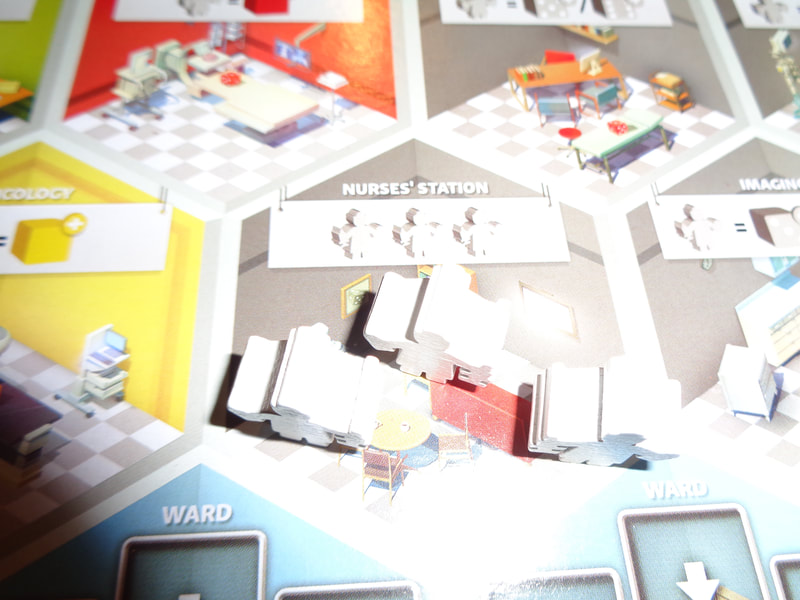
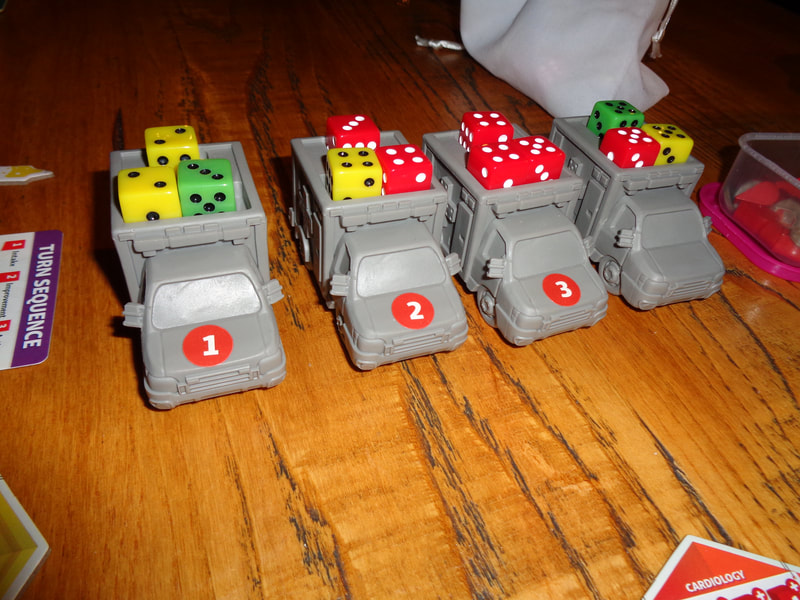



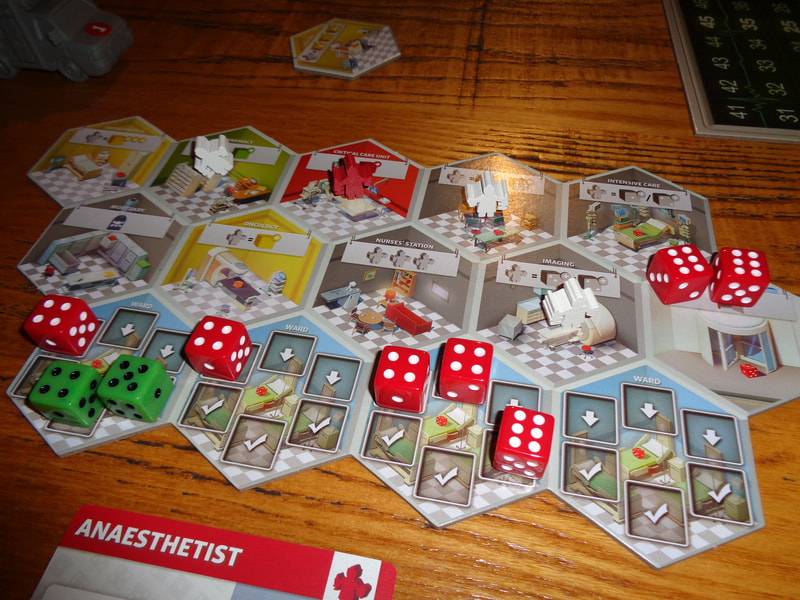








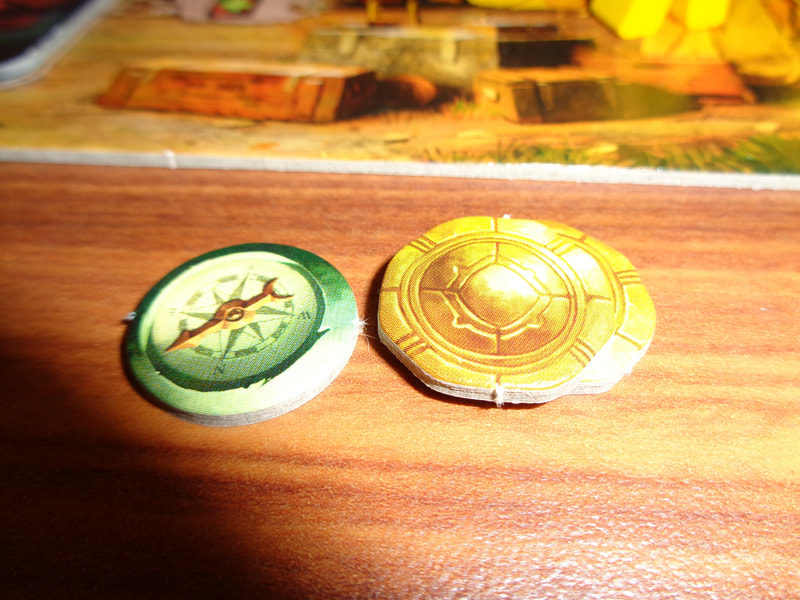



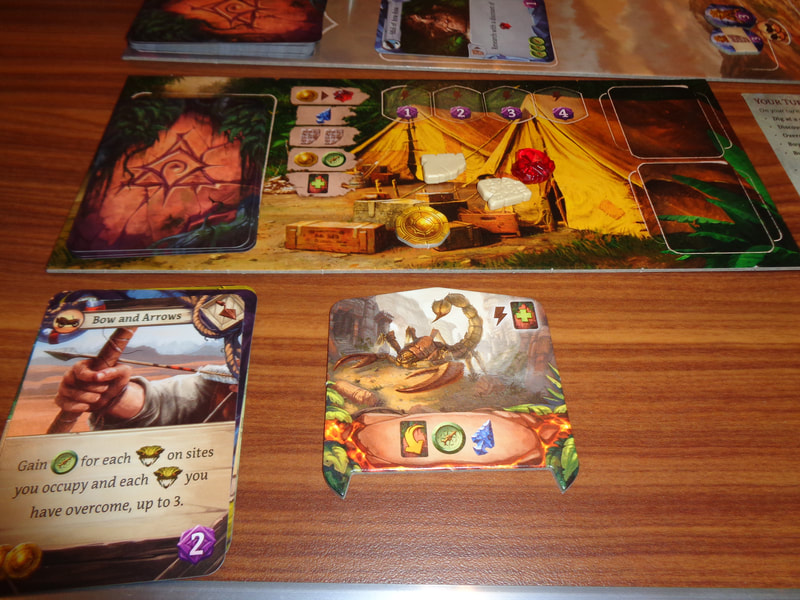







 RSS Feed
RSS Feed
